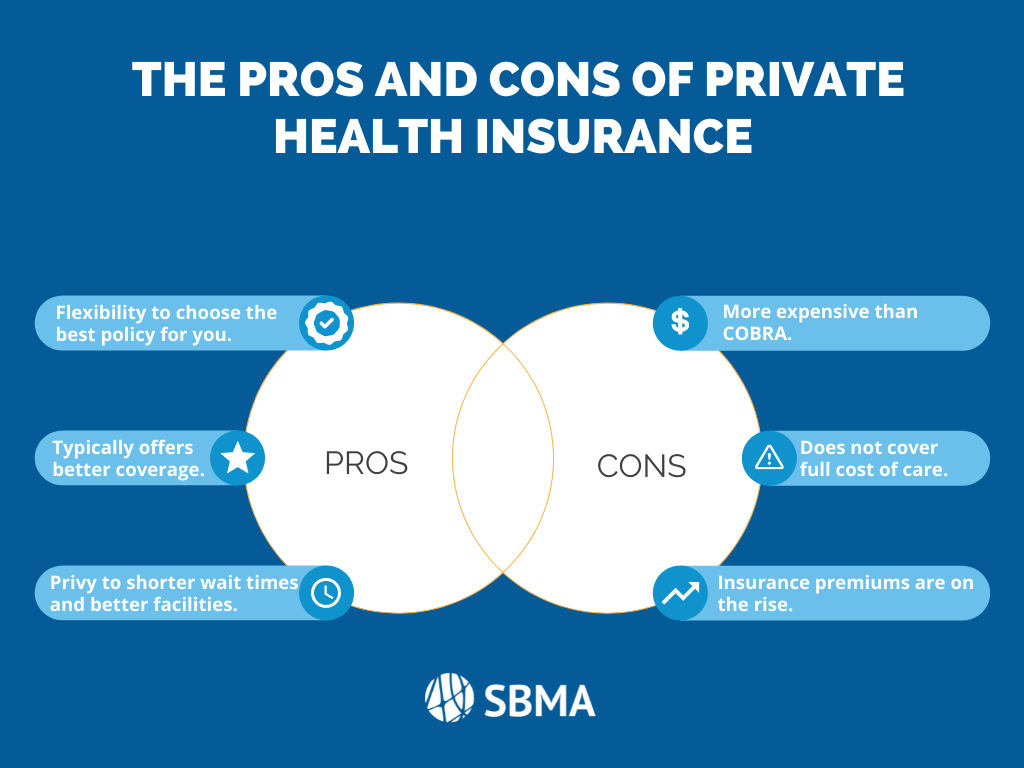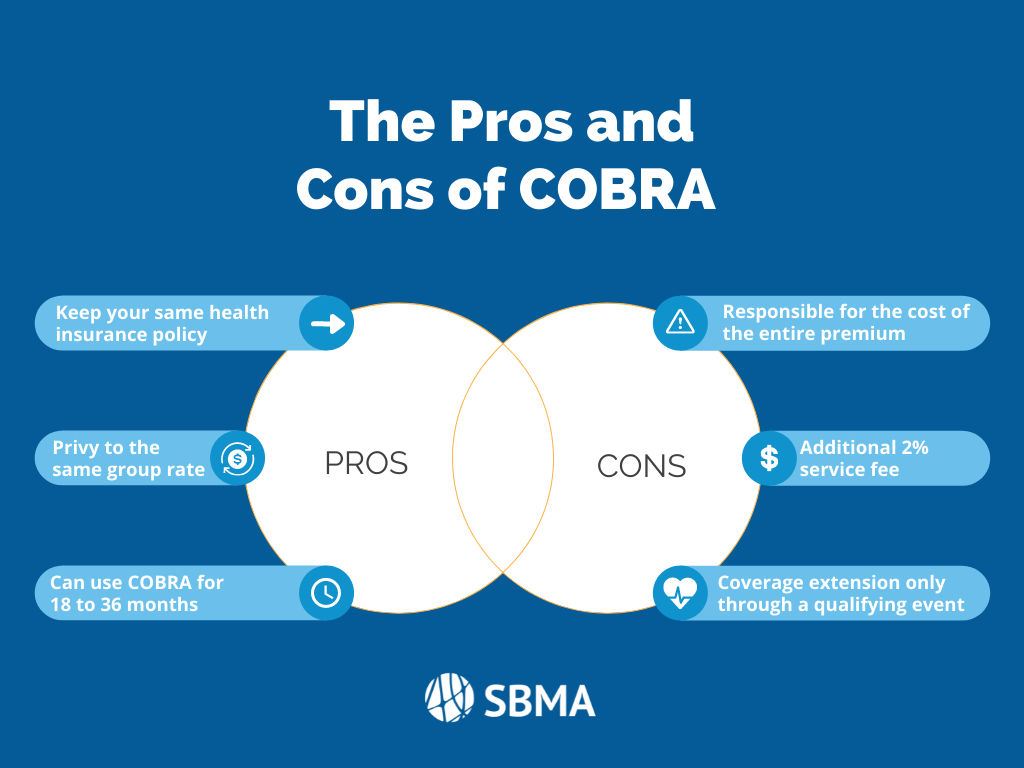See This Report on Medicare Advantage Agent
See This Report on Medicare Advantage Agent
Blog Article
A Biased View of Medicare Advantage Agent
Table of ContentsSome Of Medicare Advantage AgentAn Unbiased View of Medicare Advantage AgentMedicare Advantage Agent Things To Know Before You Get This

follows from confusing the puzzling young age profile of the uninsured with without insurance better health, on average, of younger personsMore youthful For those without accessibility to office wellness insurance coverage, inadequate wellness is a possible barrier to purchasing nongroup protection because such coverage may be very valued, leave out preexisting conditions, or be merely inaccessible. Unless otherwise noted, national quotes of individuals without wellness insurance policy and percentages of the population with various kinds of insurance coverage are based on the CPS, the most extensively utilized resource of quotes of insurance policy protection and uninsurance rates.

Some Ideas on Medicare Advantage Agent You Should Know
Over a three-year duration beginning early in 1993, 72 million individuals, 29 percent of the united state populace, were without coverage for a minimum of one month. Within a solitary year(1994), 53 million people experienced at the very least a month without protection(Bennefield, 1998a). 6 out of every 10 uninsured adults are themselves employed. Although functioning does improve the likelihood that one and one's relative will certainly have insurance coverage, it is not a warranty. Also participants of families with two full-time wage income earners have nearly a one-in-ten opportunity of being uninsured (9.1 percent without insurance price)(Hoffman and Pohl, 2000 ). The connection in between medical insurance and access to care is well developed, as recorded later on in this chapter. Although the connection in between health and wellness insurance policy and wellness end results is neither direct neither easy, an extensive professional and health services research literature links medical insurance protection
to improved access to care, better high quality, and enhanced individual and populace wellness status. For instance, the second report, on individual wellness end results for without insurance grownups, is represented by the innermost circle of the number, while the third record, on family members health, includes the topics of the 2nd record but highlights a different system of analysis, namely, the family members. The 6th report in the collection will present details concerning methods and initiatives embarked on locally, statewide, or across the country to address the absence of insurance coverage and its adverse influences. Levels of evaluation for taking a look at the effects of uninsurance. This conversation of medical insurance coverage focuses primarily on the U.S. populace under age 65 since virtually all Americans 65 and older have Medicare or various other public insurance coverage.
In addition, it concentrates especially on those without any health and wellness insurance coverage for any type of size of time. The issues encountered by the underinsured are in some areas similar to those encountered by the without insurance, although they are generally less severe. Uninsurance and underinsurance, however, entail clearly various plan concerns, and the approaches for resolving them might vary. Throughout this research study and the five reports to follow, the major focus gets on persons without medical insurance and hence no assistance in spending for healthcare past what is readily available via charity and safeguard organizations. Health insurance is an effective aspect impacting receipt of treatment because both clients and physicians react to the out-of-pocket price of services. Health insurance policy, nevertheless, is neither required nor enough to get accessibility to clinical services. However, the independent and direct click for more result of health
insurance policy protection on access to wellness services is well developed. Others will certainly obtain the healthcare they need also without medical insurance, by paying for it expense or seeking it from companies who supply care complimentary or at very subsidized rates. For still others, medical insurance alone does not ensure receipt of care due to the fact that of other nonfinancial barriers, such as a lack of health and wellness treatment suppliers in their area, limited access to transportation, illiteracy, or etymological and social differences. Formal research study regarding without insurance populaces in the USA dates to the late 1920s and early 1930s when the Board on the Expense of Medical Care created a collection of records regarding funding doctor workplace gos to and hospital stays. This issue ended up being prominent as the numbers of medically indigent climbed during the Great Anxiety. Empirical researches regularly support the link between accessibility to care and enhanced health and wellness end results(Bindman et al., 1995; Starfield, 1995 ). Having a regular source of care can be thought about a predictor of access, rather than a straight Read More Here measure of it, when health and wellness results are themselves utilized as gain access to indicators. This extension of the notion of accessibility measurement was made by the IOM Committee on Keeping Track Of Accessibility to Personal Health Care Services(Millman, 1993, p. Whether or not parents are guaranteed appears to influence whether their kids get care along with exactly how much careeven if the children themselves have coverage(Hanson, 1998). The wellness of moms and dads can influence their capacity to take care of their kids and the degree of household tension. Bothering with their kids's access to care is itself a resource of anxiety for moms and dads. 3 chapters comply with in this report. Phase 2 offers an overview of just how employment-based wellness insurance, public programs and private insurance policies run and engage to give considerable but insufficient protection of the united state population. This includes an evaluation of historic patterns and public laws influencing both public and exclusive insurance, a discussion of the communications among the various kinds of insurance coverage, and an exam of why people move from one program to another or end up

Report this page